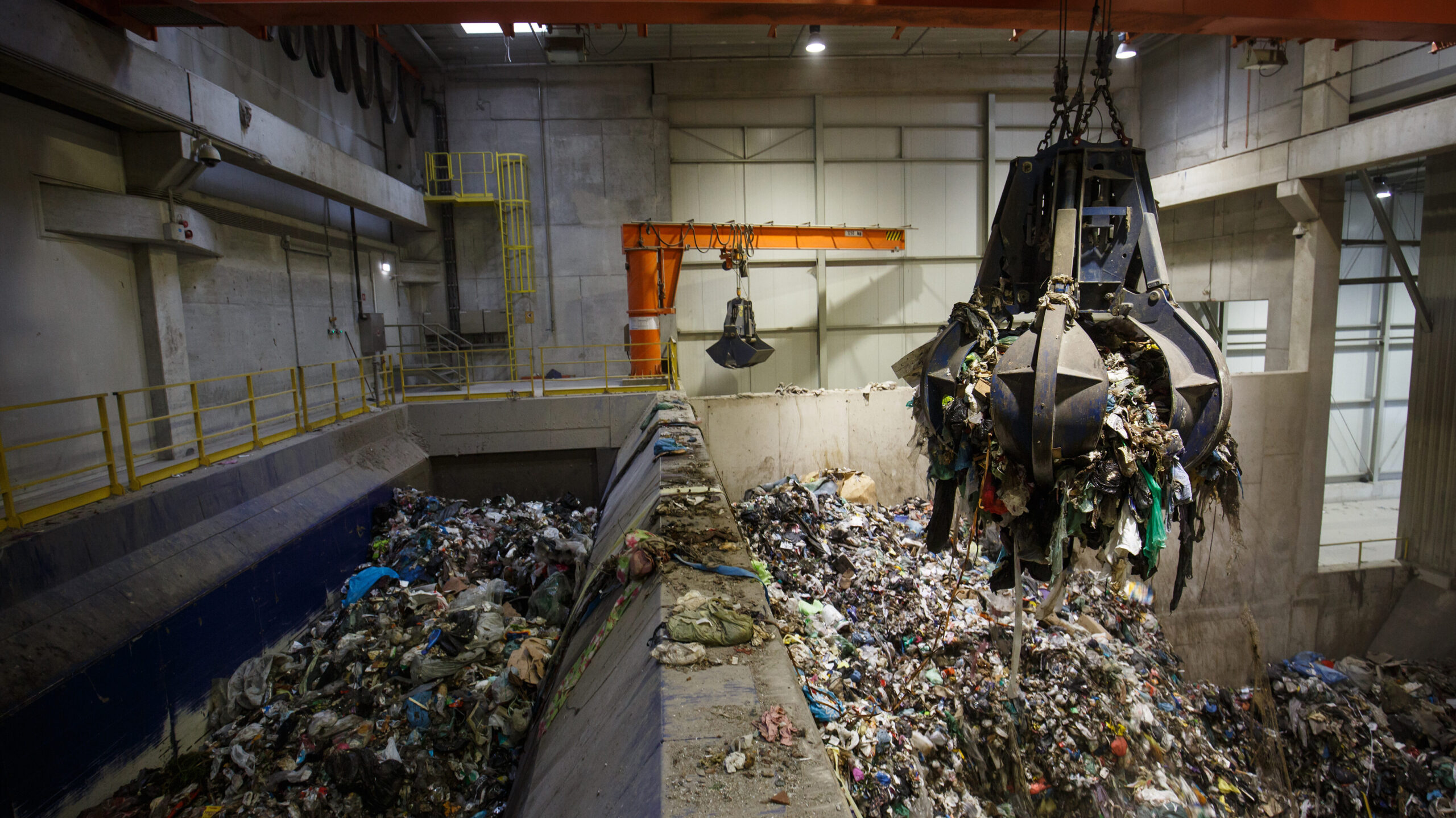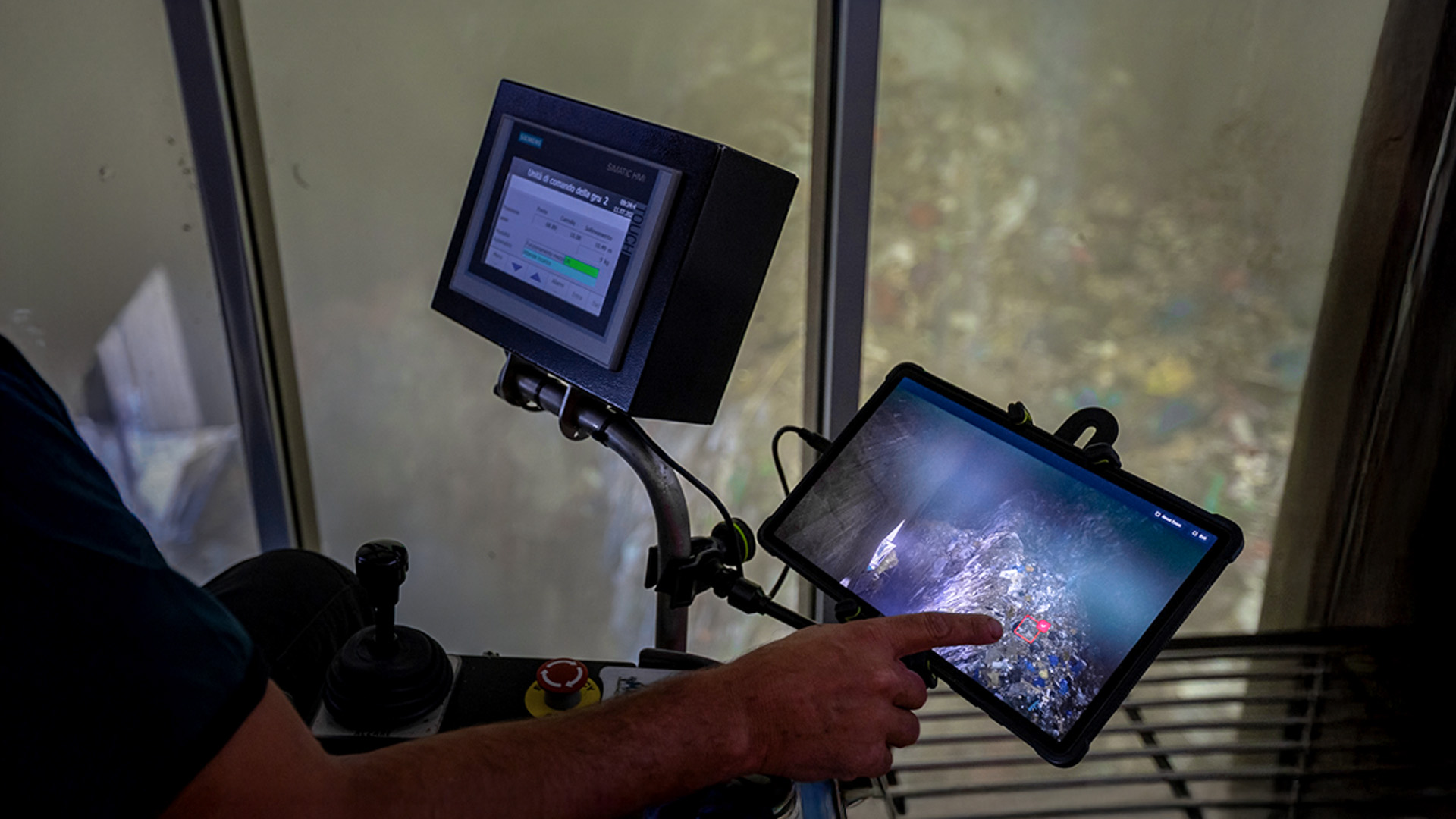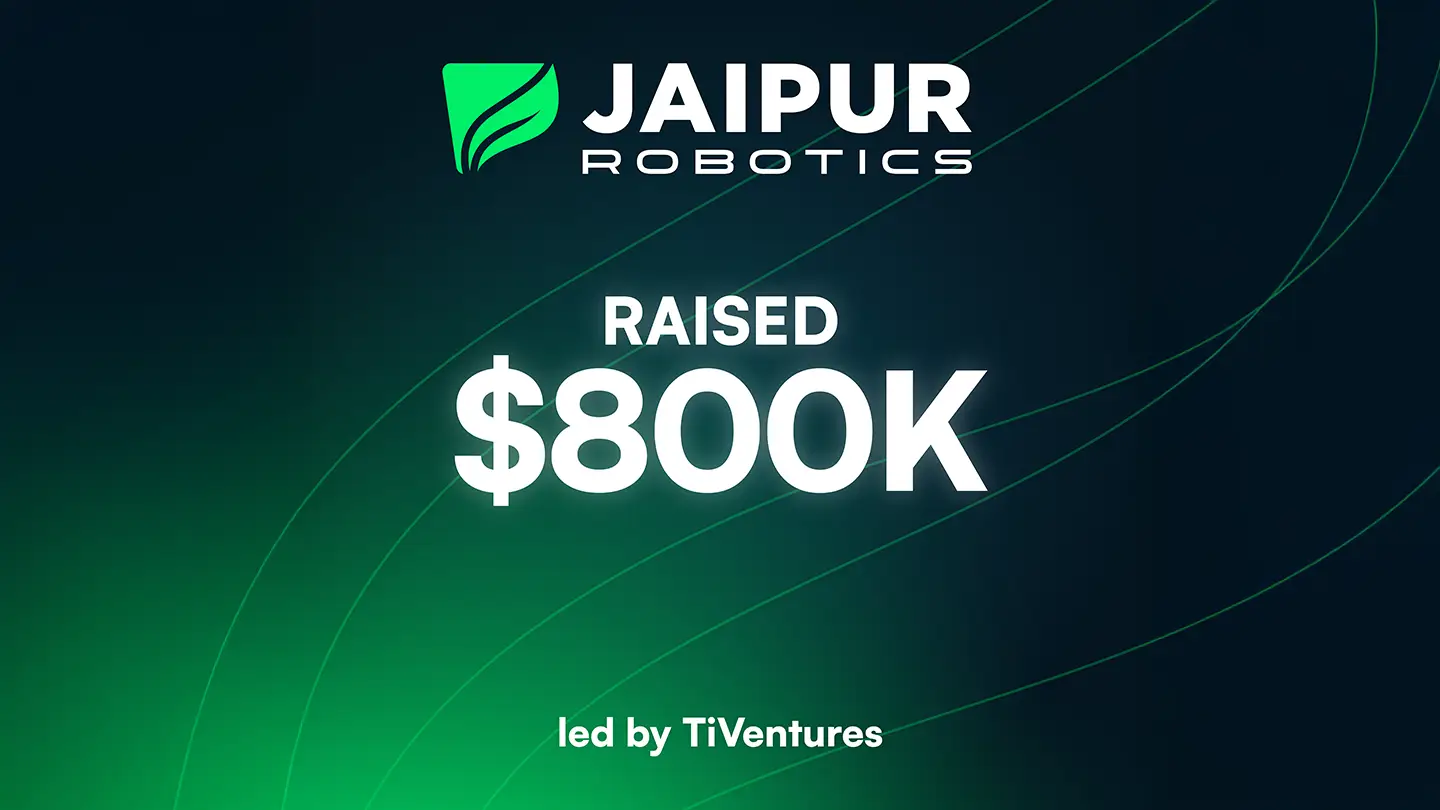Waste Incineration with Energy Recovery
Every year, our planet generates over 2 billion tons of waste. Yet only around 19% is recycled globally, while nearly 37% still ends up in landfills – and a significant portion is either mismanaged or released into the environment.
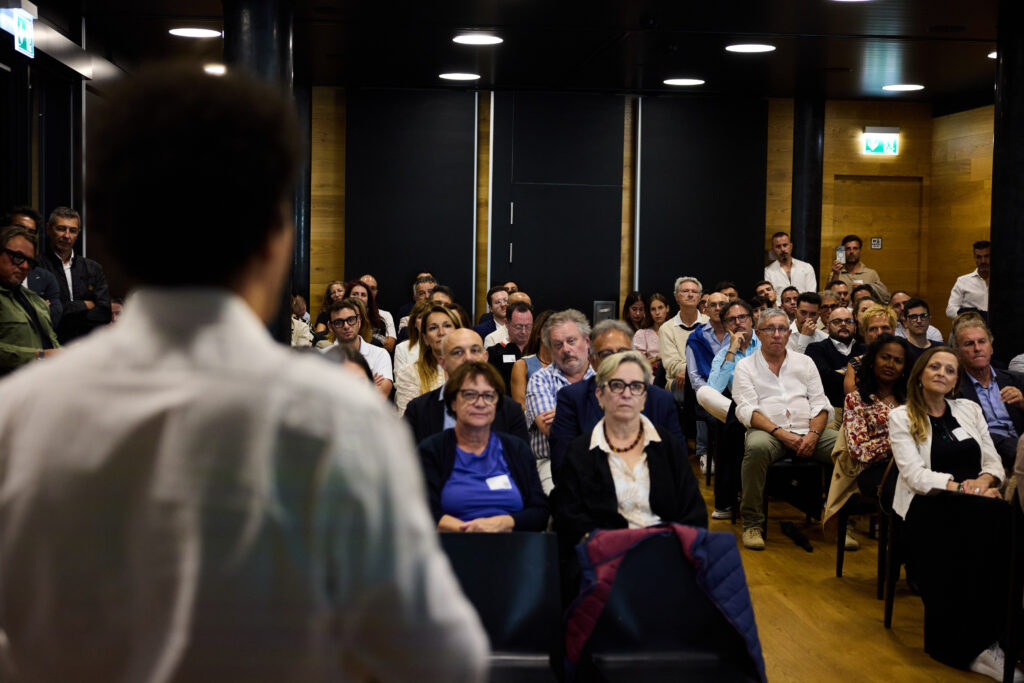
In this scenario, Waste-to-Energy plants stand out as one of the safest, most advanced, and most reliable solutions for treating non-recyclable waste. These are highly controlled facilities where waste is sanitized and transformed into electricity and heat, minimizing residual output. They’re not a future prospect – they’re already a proven reality, regulated across Europe and capable of reducing our dependence on landfills while actively supporting the circular economy and ecological transition.
But even as one of the most effective waste management technologies, Waste-to-Energy plants operate in a highly complex environment – because their “raw material,” waste, is inherently diverse, unstable and constantly changing.
Managing this variability with precision is essential to ensure high standards of efficiency, safety, and sustainability.
Take the bunker, for instance – the massive pit where waste is stored before combustion. For years, it remained one of the least monitored areas in the entire facility, lacking sensors and accurate traceability. An anomaly in an otherwise highly automated and supervised system.
Until now.
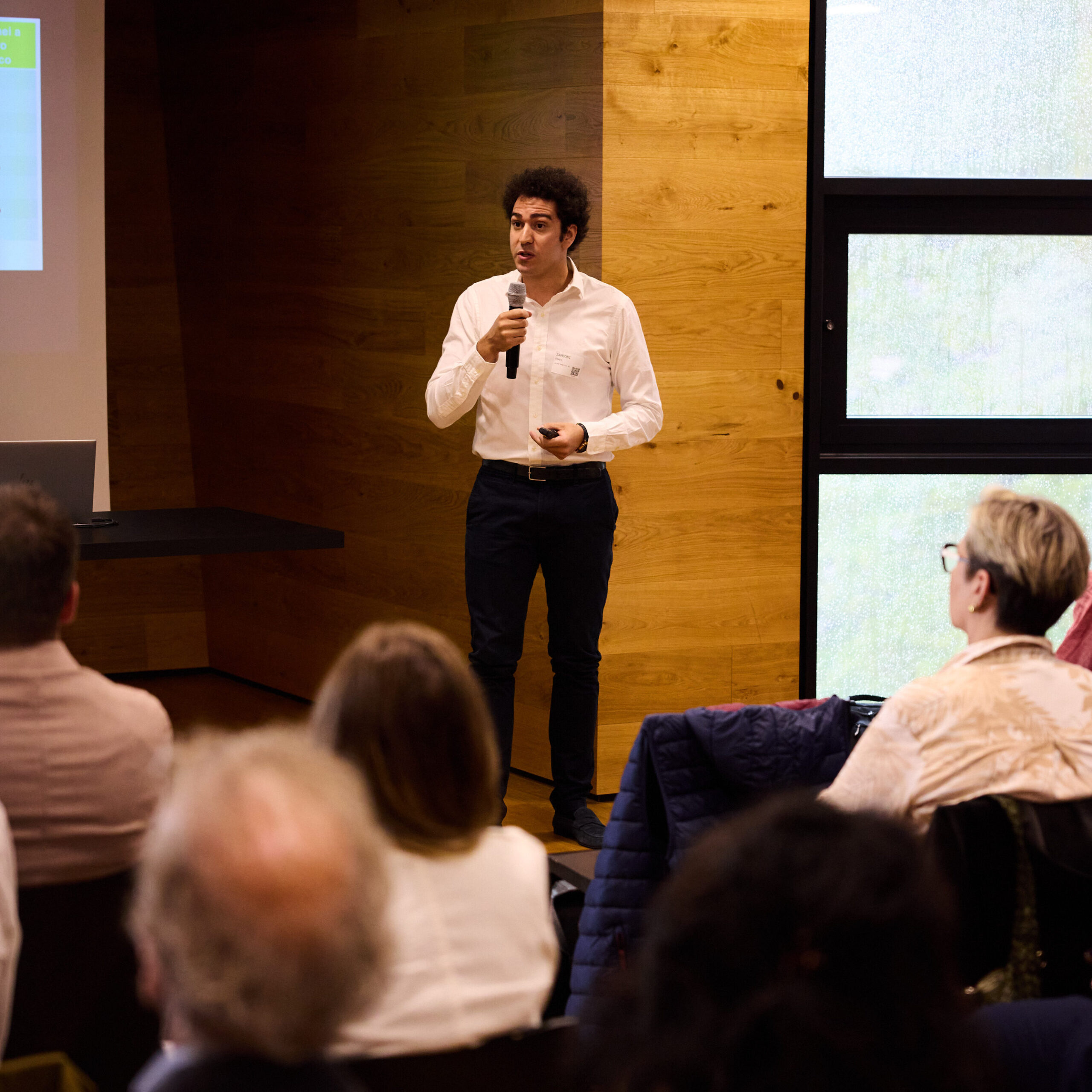
A silent (and intelligent) revolution
Today, thanks to artificial intelligence (AI), Waste-to-Energy plants are taking another evolutionary leap. Even the apparent chaos of waste can now be decoded with precision. Advanced computer vision and machine learning systems identify the composition of incoming materials, map their calorific value in real time and – crucially – detect potentially dangerous objects before they reach the heart of the plant.
This intelligence doesn’t just observe; it brings every variability under control, turning uncertainties into strategic insights. The algorithm learns and adapts, autonomously adjusting operational parameters to optimize combustion, maximize energy efficiency and further reduce environmental impact.
From reactive to predictive: a leap Into the future
Maintenance is also evolving, shifting from reactive to predictive. By analyzing thousands of signals in real time – vibrations, temperatures, flow rates – AI detects potential anomalies well in advance, preventing unexpected shutdowns and improving overall system reliability.
From waste to data: a new cultural vision
The value of artificial intelligence goes far beyond technical efficiency. The real transformation is cultural. Waste is no longer just a material to be processed – it has become a valuable source of data, a language to be decoded.
In plants adopting these technologies, every load, every slight deviation from the norm, every detail becomes useful information to continuously improve the process. This gives rise to a new generation of facilities: dynamic, adaptive, increasingly precise, capable of operating even in complex conditions, with the highest standards of quality and safety.

From Automation to Industrial Awareness
The integration of artificial intelligence into waste treatment marks a fundamental shift: from automation to industrial awareness. This technology exponentially enhances the performance of Waste-to-Energy plants, strengthening their role as pillars of urban and energy sustainability.
Advanced computer vision and machine learning systems enable the identification of incoming material composition, real-time mapping of calorific value, and – crucially – detection of potentially dangerous objects before they reach the heart of the plant.
Understanding exactly what we burn means making better decisions, increasing safety, transparency, sustainability and reducing environmental impact.
It is precisely through this new applied intelligence that a renewed alliance between humans, machines, and the environment can emerge. An unwritten pact guiding us beyond past paradigms, toward a future that is more efficient, more aware and more sustainable.

